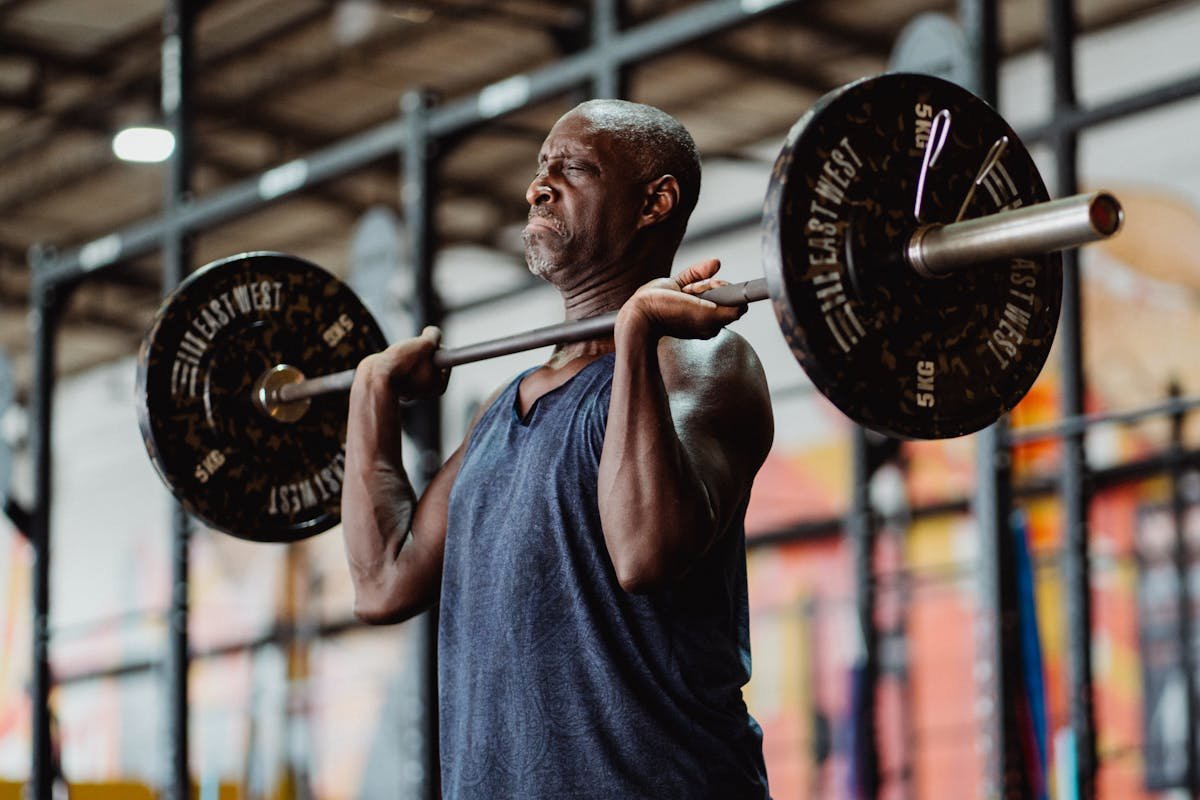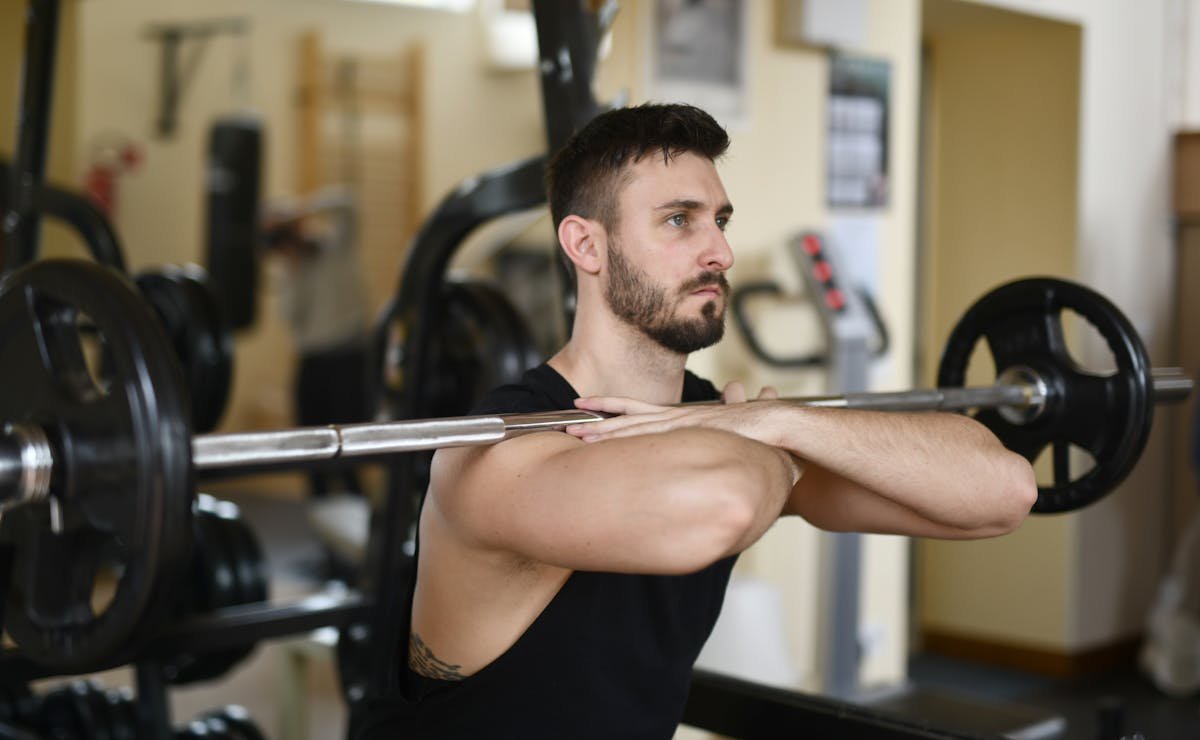Why should high-performance athletes invest in regenerative training?
Fitness / Date: 03-05-2025

High-performance athletes inevitably experience times when their performance stagnates. In a sense, this occurs because the body might readily approach its limit during this performance-focused time, necessitating intentional intervention to help sustain growth. Regenerative training is an example of this.
According to a study published in the US National Library of Medicine, it can take up to three days for the body to fully recover muscle strength after moderate-load training sessions to failure . This shows that even with full dedication to training, a lack of adequate recovery can delay your results and even increase the risk of injury.
Therefore, if you are looking for or maintaining performance, and want to find a way to optimize your sports routine, while maintaining your health and safety, find out how regenerative training will be a fundamental ally in this process.
What are the characteristics of regenerative training?

Regenerative training, popularly known as active recovery, is a strategy used to help the body recover from the stimuli generated by high-intensity exercises.
With the aim of avoiding muscle overload, this method is designed to care for the athlete, as it helps them avoid possible injuries and drops in performance. Necessary for those who participate in events and competitions, the technique is indispensable for those who want to evolve safely without compromising their health.
For more details, learn about the characteristics that make regenerative training an essential practice in your sports routine:
Low intensity
The main characteristic of regenerative training is low intensity . This means that the exercises should not cause new muscle stress, but rather help the body recover in an active and controlled way .
Since the goal is to stay active with controlled loads, the focus is not on volume and intensity, but rather on:
- Mobility exercises.
- Stretching.
- Aerobics.
Strategic exercises
Here, the exercises chosen for a regenerative workout focus on not overloading the muscles that have already been worked. Therefore, not just any activity fits here. The movements are defined strategically, taking into account:
- The type of previous training.
- The most worked muscles.
- Its main modality.
For example, if you did strength training focused on the upper limb groups, activities such as shoulder stretches, trunk rotation and light movements with elastic bands are more recommended.
Focus on harm reduction
Regenerative training helps prevent injuries by reducing the accumulation of fatigue and muscle inflammation , two of the main factors that compromise performance. When these problems are not controlled, the chances of persistent pain, strains and even more serious injuries that can take you out of your sports routine increase.
Basically, active recovery will help you train with more quality, safety and consistency, accelerating your progress without putting your health at risk.
Stimulating circulation
Another important feature of regenerative training is to stimulate blood circulation in the muscles, helping to:
- Release accumulated tension.
- Improve flexibility.
- Accelerate the removal of toxins and waste produced during intense training.
When done correctly, regenerative training reduces muscle pain and improves range of motion , accelerating muscle recovery and enabling you to continue training with greater quality.
Adaptation to training load
Regenerative training helps your body better assimilate the stimuli it receives throughout the week, creating space for better adaptation to the exercises. Instead of interrupting your training cycle, it complements your planning and prepares you to evolve more consistently.
Overtraining prevention
Training every day without a strategy can lead to the dreaded overtraining . Including regenerative training sessions in your routine is the safest way to stay active while respecting your body's limits.
Without proper prevention, overexertion can lead to:
- Chronic fatigue.
- Loss of motivation.
- Drop in performance.
- Sleep disorders.
How to do a regenerative workout?
To help you better understand how to do a regenerative workout, check out these 6 tips:
1. Lower the exercise amount and intensity.
Reinforcing: active recovery focuses on reducing both the volume and intensity of the exercises you do , so you need to adapt your routine so as not to overload yourself.
In another example, if you are a swimming athlete, the ideal is to train at a light/moderate pace, focusing on fluidity of movements and technique, avoiding bursts or series.
2. Invest in complementary exercises
Here, the objective is not to work isolated muscles, but rather activities that involve the body as a whole , in a light and balanced way to maintain mobility and physical conditioning.
To promote active recovery, some complementary exercises can be included in your routine, such as:
- Light walks.
- Dynamic stretching.
- Joint mobility exercises.
- Pedal at a comfortable pace.
- Yoga .
3. Invest in stretching and mobility
To release stored stress, it is imperative to invest in mobility and stretching exercises. The body heals more quickly and is less likely to sustain injuries when muscles are flexible and joints have a good range of motion.
So, take a few minutes a day to perform these movements with attention and control. If possible, do them after finishing your workout for the day.
4. Get body massages
Relaxation techniques, such as massage, are great allies in the recovery process after intense activities. By acting directly on the muscles, it is possible to release accumulated tension, stimulate circulation and promote muscle regeneration – all without requiring additional physical effort.
In addition to relieving pain and/or discomfort, this type of technique also has a positive impact on mental state . Reducing stress and anxiety and improving sleep quality make massage a complete strategy during the recovery phase.
5. Adopt myofascial release
Myofascial release is another technique frequently used in regenerative training, helping to release tension points and improve the body's mobility.
Additionally, this technique uses instruments such as massage sticks, foam rollers, or release balls to apply regulated pressure to particular body parts. The advantages include encouraging a healthier range of motion in the joints and enhancing blood circulation.
6. Try ice therapy
Ice therapy, also known as cryotherapy, is typically used to reduce inflammation and relieve discomfort in parts of the body. It involves the controlled application of ice or cold substances to areas that have been subjected to stress.
As part of a regenerative workout, this technique helps to:
- Reduce muscle inflammation.
- Relieve stiffness and discomfort.
- Accelerate tissue recovery.
Even with the tips, I emphasize that it is recommended to always seek adequate support and guidance from qualified professionals , so that a personalized recovery plan can be developed that meets your individual needs.
Follow Us
Newsletter
Subscribe to our newsletter to stay updated with our latest news and offers.
We respect your privacy.







